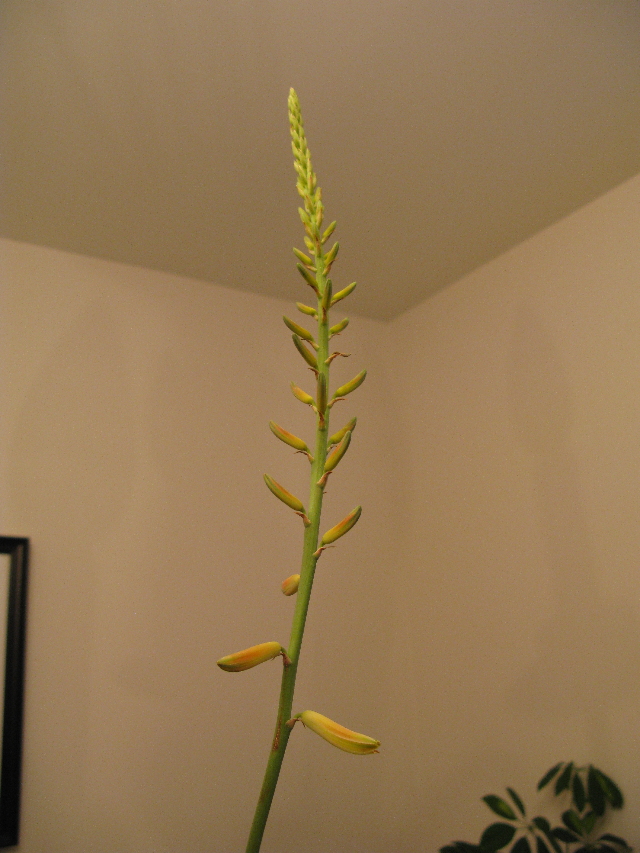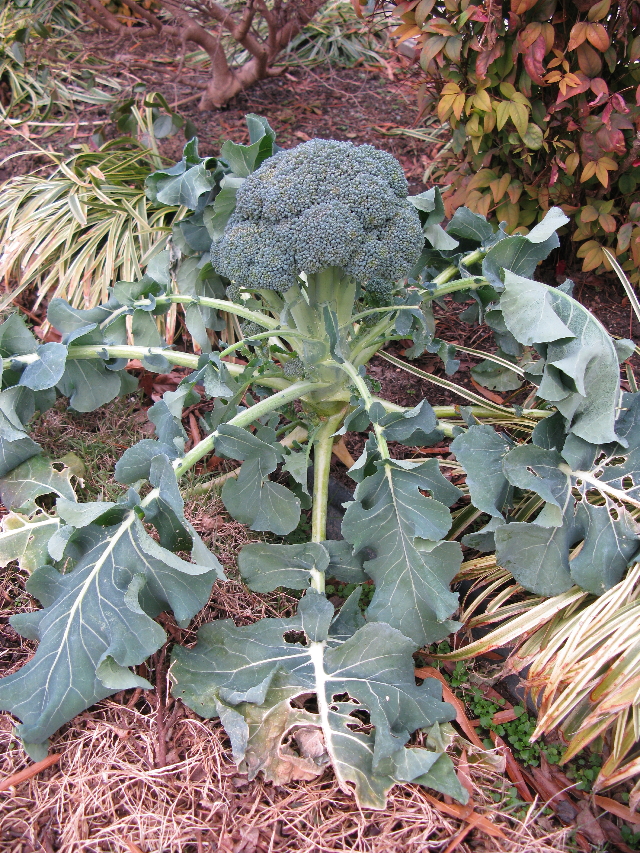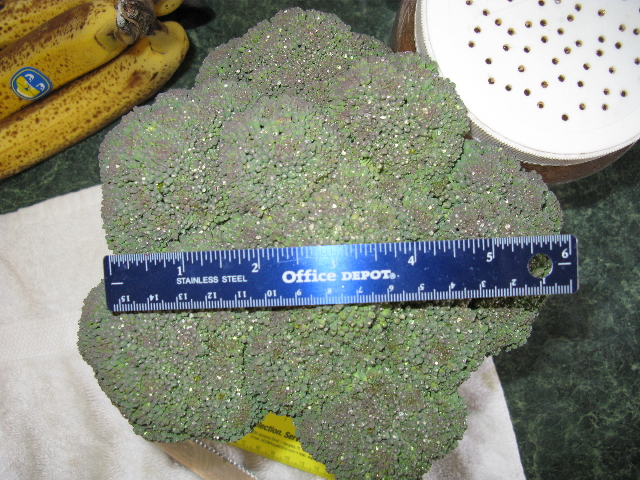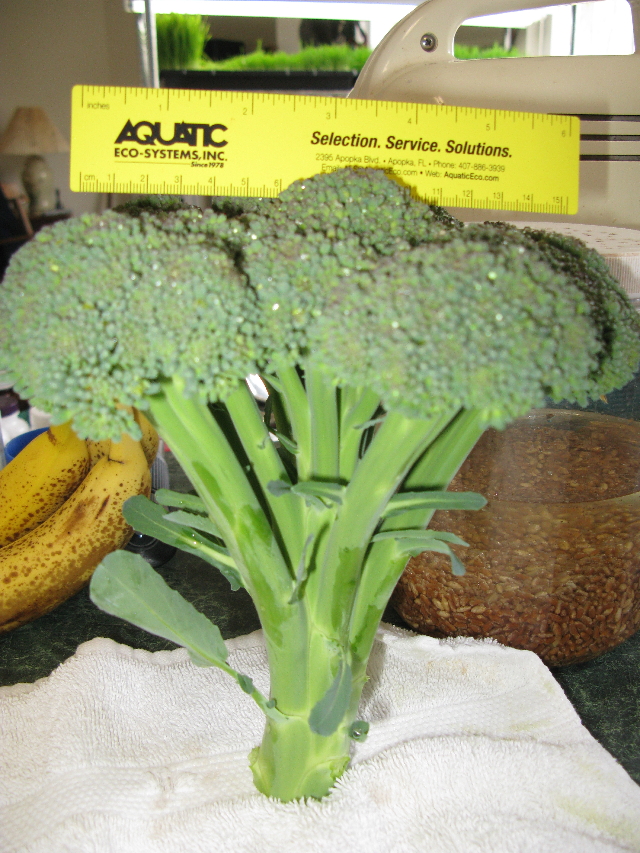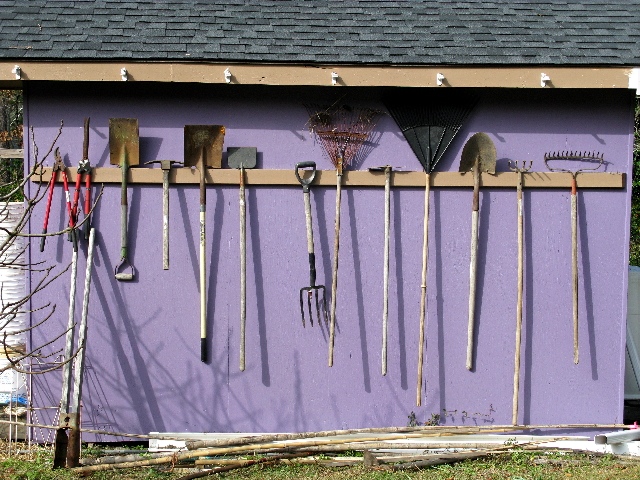Ellen Bromfield Geld, daughter of Malabar Farm founder Louis Bromfield, writes beautifully in Strangers in the Valley—The Story of Malabar in Brazil (1957, now out of print) about her and her husband's search for, and finding, an old farm on which to begin their farming life in Brazil:
In the midst of it all an old house stood, almost hidden by an ancient crumbling stone wall and a grove of orange and lemon trees, bittersweet and half wild with time. Sunlight sifted through the dark feathery leaves of the lemon grove and fell soft against the house's aged yellow walls. In some places the walls had been washed away by spring rains, in others eaten through by termites; but there remained sturdy beams and dark wooden floors, tremendous rooms with high ceilings and wide stone hearths. For many years it had sheltered nothing but herds of wandering cattle, who had bumped and scratched and covered with dung everything but the most distant and ghostly of memories. How beautiful it must have been when the first Brazilian family lived there, tending the garden and the orchards and the fertile land beyond! A beautiful garden could be fashioned again back along the flat stretch of land into the very mountains and forests themselves. And the house could be rebuilt with a wide veranda all the way around and perhaps a new wing with a kitchen and spring house. Someday, if we grow old in this valley, we shall do all this.We went often to Barreiros [the farm]. We picnicked under an old, sinuous, jabuticaba tree, which sprinkled its sweet fruit all over the ground, and ate mangoes from a tree which bore them large, soft and true yellow.Sometimes we climbed to the summits of those mountains and looked out over mile upon mile of forest and granite-covered hills. From there we could see the dark, tortuously curving line of the River Atibaia, the green groves of eucalyptus which marched up the rim of every mountain and spread themselves in waves over every summit. And in the far distance we could see the white church steeple of the town of Itatiba. The rest of the world was wide open, so that a man could look as far as he liked without having his vision hindered by highways and signboards and ugly towns and all the clutter of a fast-growing civilization. The nearest highway could not be seen from Barreiros, and in this we discovered a host of new reasons for our coming to Brazil. [pp. 61-62]
The Gelds' own reasons for moving to Brazil were put succinctly by another Brazilian they met who gave up a lucrative career to become a farmer: "We wanted to live and not just spend our lives." [p. 152]




